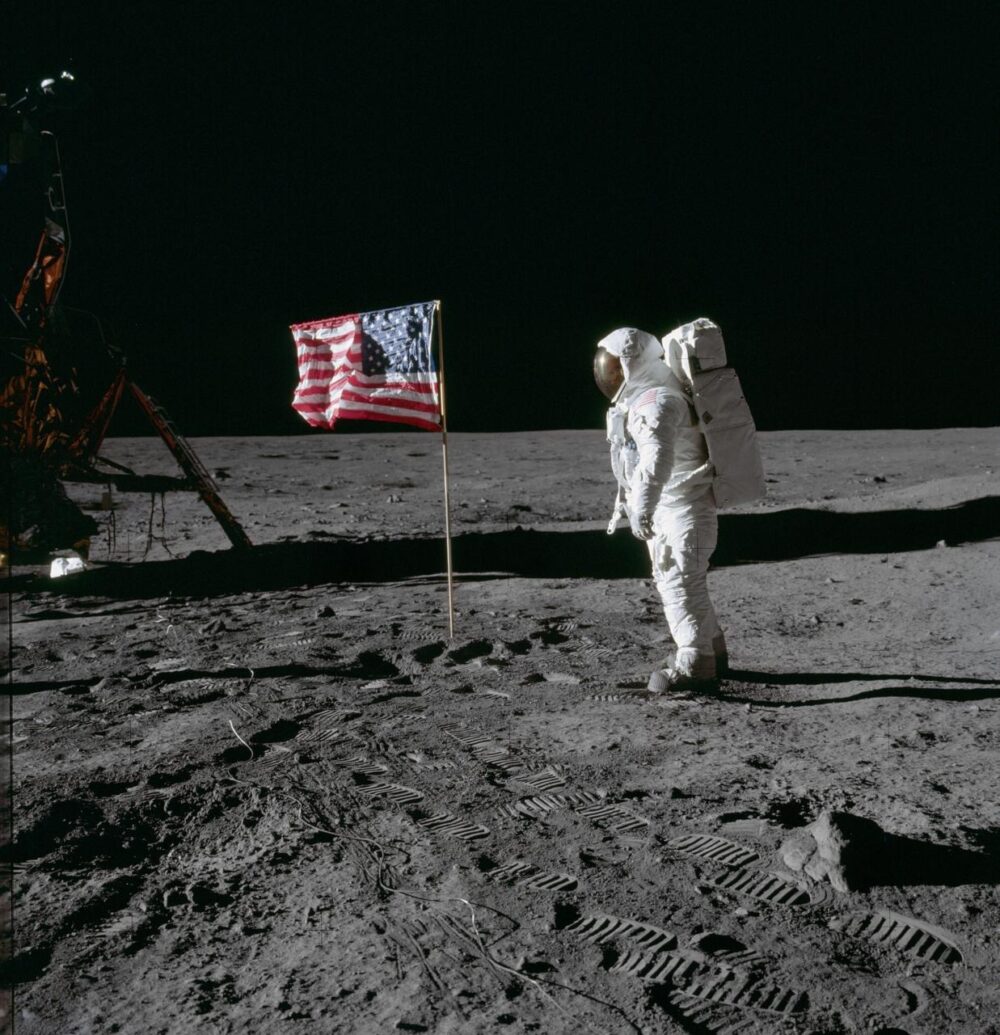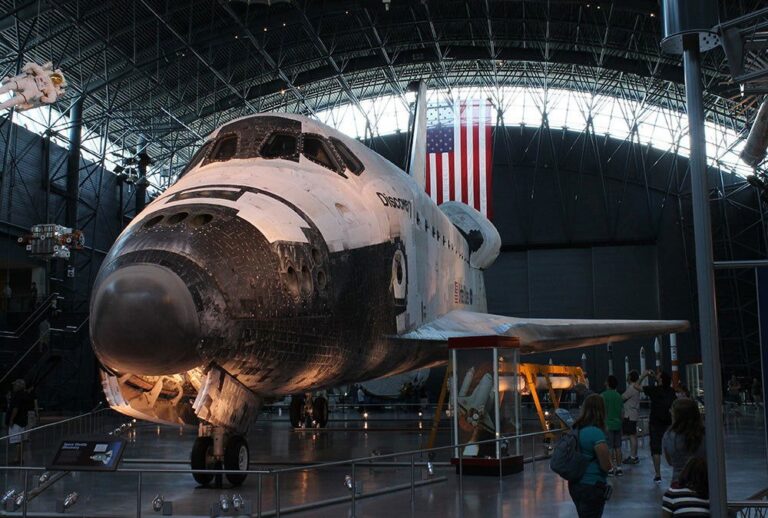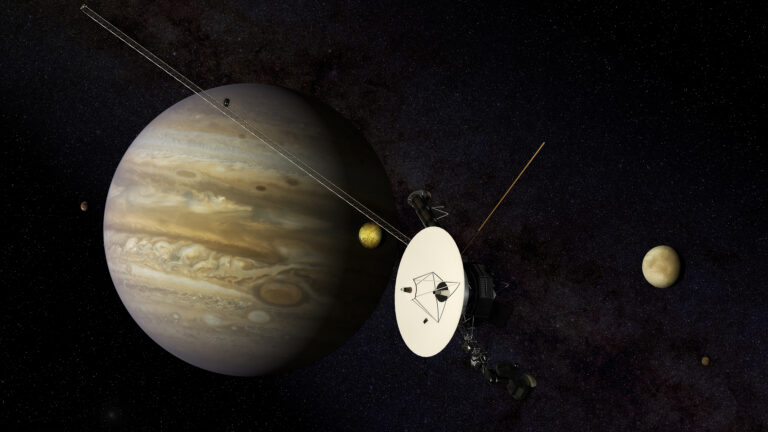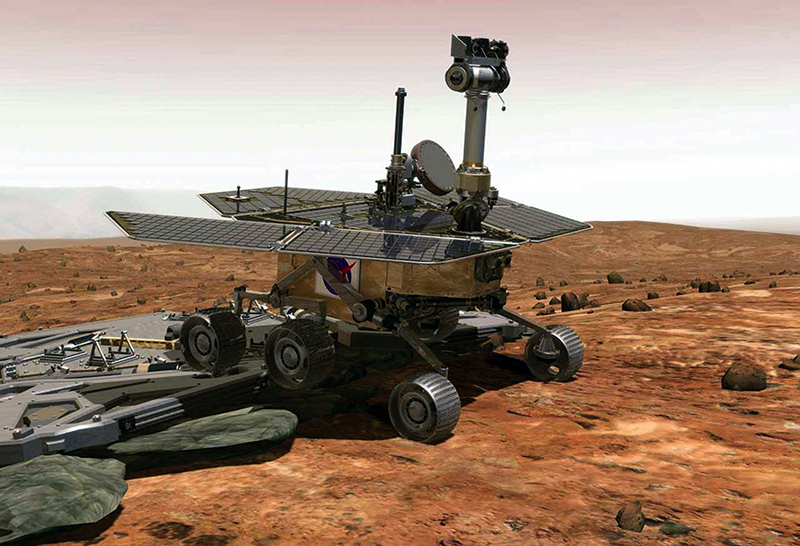Key Takeaways:
A day after launch from a Russian submarine in the Barents Sea, north of the Arctic Circle, the fate of Cosmos 1, the first solar-sail spacecraft, remains unclear.
According to reports from the Associated Press this morning, Russian space officials say the booster failed 83 seconds after launch and that the Russian navy has begun a search for debris.
The Planetary Society, the non-profit, private space agency that organized the mission, later acknowledged this as the likely outcome in a formal statement.
Initial hopes the vehicle made it to orbit were based on signals believed to be from Cosmos 1 recorded by tracking stations in Kamchatka, the Marshall Islands, and the Czech Republic after launch. “This might indicate that Cosmos 1 made it into orbit, but probably a lower one than intended. The project team now considers this to be a very small probability,” notes the society’s latest statement.
Efforts to track the spacecraft continue despite the remote chance it’s in orbit. “If the spacecraft made it to orbit, its autonomous program might be working, and after 4 days the sails could automatically deploy,” the society says. “While the chances of this are very, very small, we still encourage optical observers to see if the sail can be seen after that time.”
The spacecraft was to have reached a 500-mile (800-kilometers) orbit in roughly 4 days, after which its solar sails would have deployed. Eight inflatable tubes were to have pulled the sail material out of the craft and create a rigid support for eight triangular “petals.”
Sunlight hitting these extremely reflective and lightweight sails would have propeled the craft. Cosmos 1’s sails are made of aluminum-coated mylar and are roughly one-quarter the thickness of a plastic bag. Each sail is 50 feet (15 meters) in length; the entire spacecraft has a surface area of 6,500 square feet. To help direct the spacecraft, its sails can be turned like helicopter blades.
One of the project’s goals was to perform the first controlled flight of this new technology.
Cosmos 1 is a collaboration among The Planetary Society, Cosmos Studios (a space media company), the Lavochkin Association, and the Space Research Institute of the Russian Academy of Sciences.










